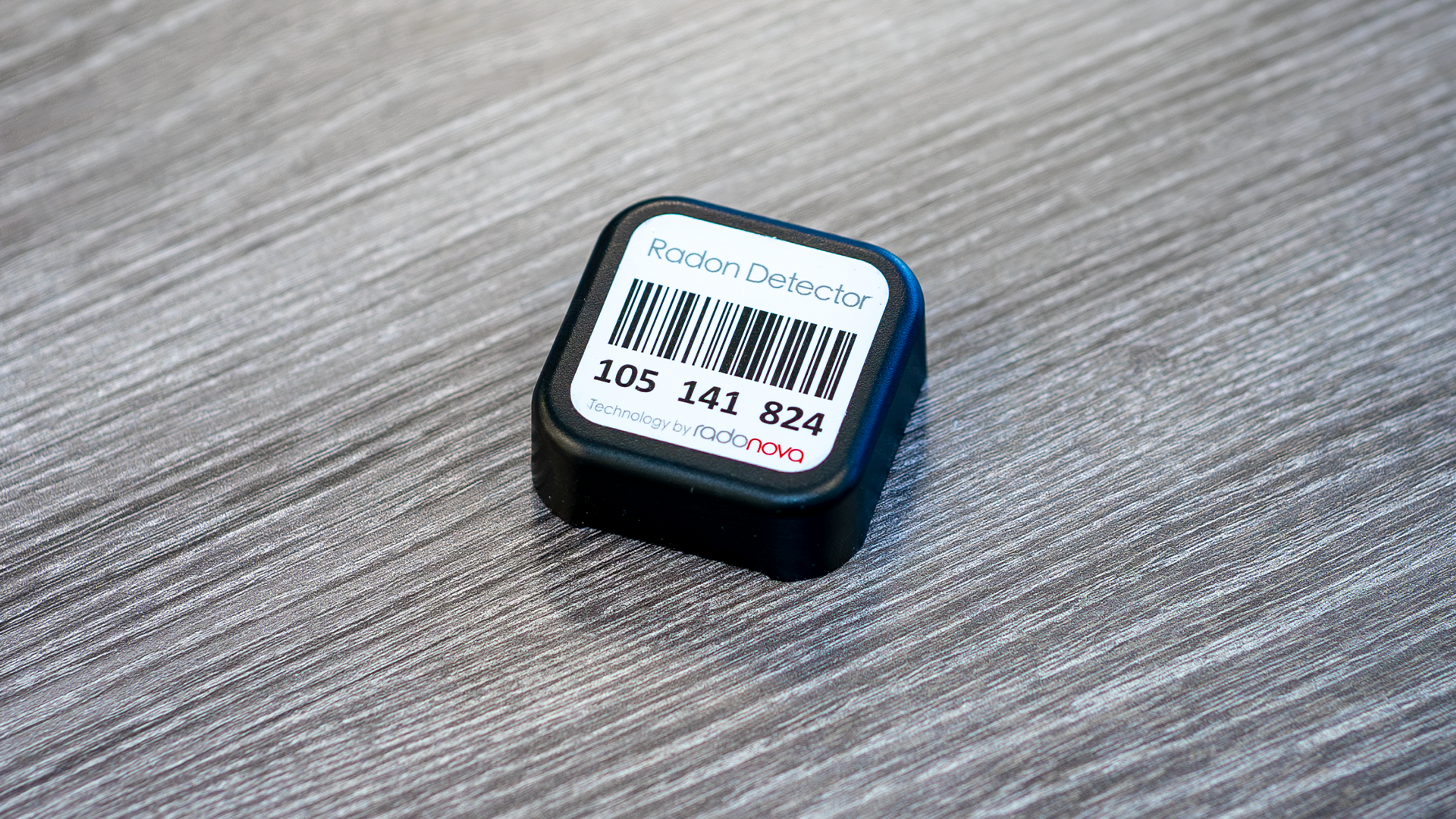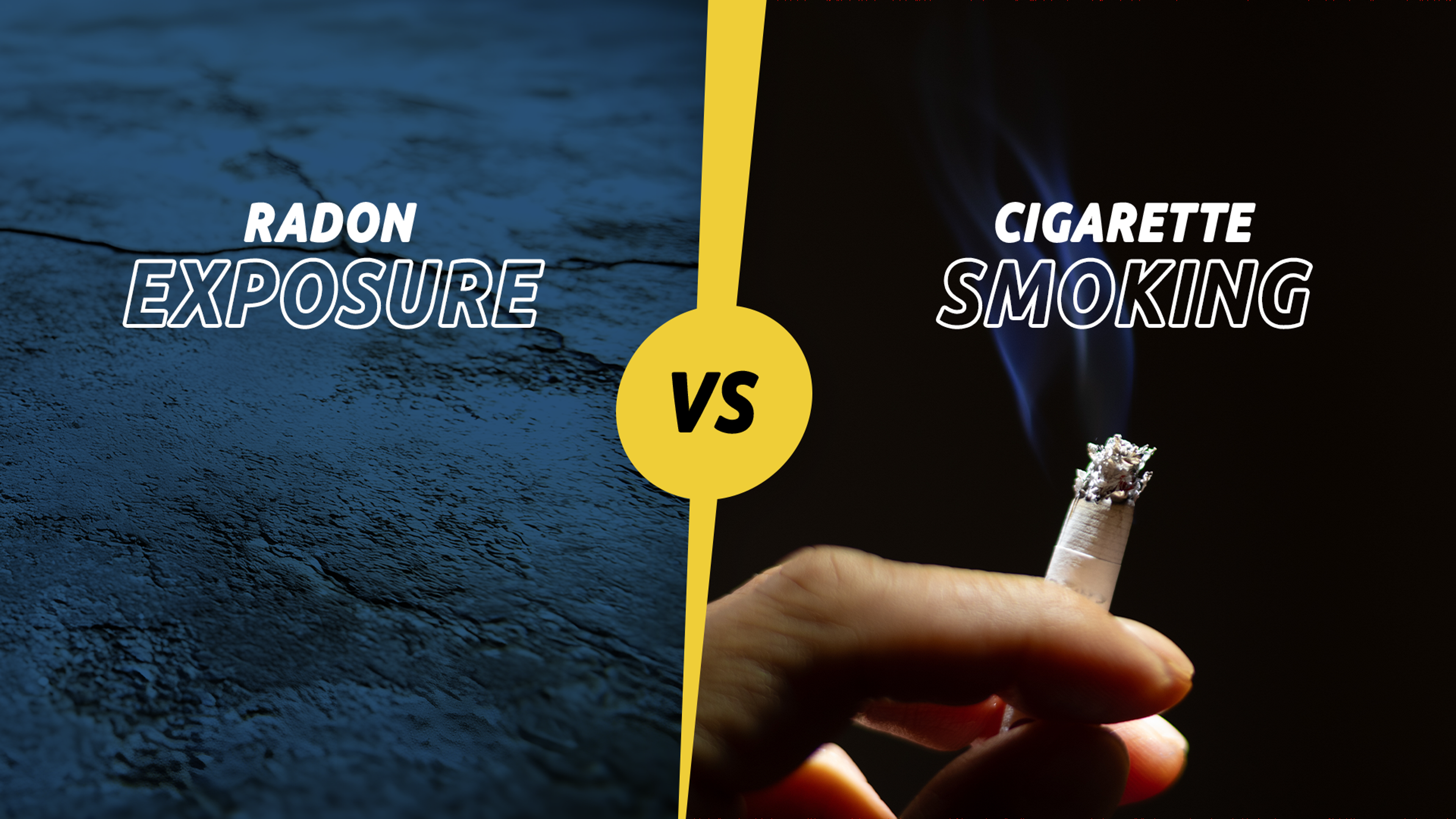

Testing for Radon when Buying a New Home
Every homeowner should test for radon, but it’s especially timely to test when you are moving to a new home. Determining if radon levels are elevated in your new house will enable you to budget for radon mitigation if needed – or negotiate it into your new home purchase.
Every homeowner should test for radon, but it’s especially timely to test when you are moving to a new home. Determining if radon levels are elevated in your new house will enable you to budget for radon mitigation if needed – or negotiate it into your new home purchase.
What is radon?
Radon is an odorless, colorless gas that forms when the uranium in natural stone below a home or building decays. The gas decays into harmful radioactive atoms that get caught in your respiratory tract when you breathe. Over time this exposure causes lung cancer.
Radon is the #1 cause of lung cancer in nonsmokers and the #2 cause of lung cancer nationwide. Radon levels found in a home can vary depending on ventilation, construction methods, area geography, and outdoor weather. Radon levels can also vary from home to home within the same area. Even if other homes in your neighborhood have low radon levels, it doesn’t mean that your home will also have low radon levels.
Am I required to test for radon when buying or selling a house?
The EPA recommends testing your home for radon before putting it on the market. If levels are high, then lowering radon levels through mitigation may be necessary. If mitigation has been completed or if radon levels are low, then this can be shared as a selling point with a buyer.
When buying a home the EPA recommends knowing what the indoor radon level is before closing on the home. If the home already has a radon mitigation system, then get as much information as possible from the seller about the system. Even if the new home has a radon reduction system, it is recommended that you test the home for radon prior to moving in and every two years afterwards.
Thirty seven states currently require sellers to disclose radon test results to buyers with 22 states imposing either a civil or criminal penalty for misrepresenting radon levels. Local governments have various ordinances about presale testing and disclosure – so it is important to ask your realtor the requirements in your city. Additionally, “certain mortgage lenders, such as government backed loans, may require or recommend radon testing,” according to Illinois realtor Steven Petrusich. “Radon testing can be an important timing issue when coordinating the home inspection.”
How do I test for radon when buying a new home?
During the moving process, time is of the essence. With radon testing, the longer you can test for the more accurate your results. However, there are short-term 2-4 day charcoal test screens or 10-day alpha track tests that can provide results when a home sale is pending. With the Radonova QuickScreen test kit, you simply deploy the test in the home for 48-96 hours and then mail it to the lab for analysis. The Radonova Rapidos test is the most sensitive short-term test on the market. It requires at least ten days of testing and will provide emailed results within 7-10 days after being returned to the laboratory.
Radon levels can vary from room to room and hiring a professional radon measurement contractor can provide peace of mind. Many home inspectors are also certified to measure radon levels. Basements, crawl spaces, and first floor rooms such as bedrooms, living areas, and home offices should be tested. For homes with well water, testing the water may be a requirement in some jurisdictions. Radon from well water can vaporize while showering or bathing and potentially be inhaled. Professional radon inspectors will know how to measure the entire property accurately and where to test within the home. The test should be performed by an NRPP, NRSB, and/or state listed radon testing contractor. To find an NRPP contractor in your state, search the NRPP website by your zip code.
What happens if radon levels are high in the new home I’m buying?
If radon levels in the new home are above 4.0 pCi/L or 200 Bq/m3 then a radon reduction system is a solution. Reducing radon levels in a home may consist of:
- sealing cracks in floors and walls
- installing a radon sump system
- providing sub-slab depressurization/ventilation system with underground pipes and an exhaust fan
- improving the ventilation within the home.
Massachusetts realtor Matt Heisler says,
“Radon is one of the home inspection issues that is typically entirely fixable.
There are few home issues that are as solvable as cheaply and effectively as radon.”
Heisler also offers that the better mitigation contractors can offer warranties as long as 20 years.
Should I test for radon if the new home already has a radon mitigation system?
Yes, it is recommended that you test for radon any time you are moving into a new home. The EPA recommends testing for radon every two years even if you have a radon mitigation system. Do-it-yourself radon tests are easy to perform and will provide you the comfort of knowing you and your family are safe from radon exposure.
A digital instrument, such as the EcoQube, can provide radon levels in individual rooms after mitigation. The digital instrument provides continuous, digital monitoring of your radon levels that can be easily viewed on your Smartphone. Warning notifications are sent in real time if radon levels are higher than recommended. You can monitor your home radon levels any time and from anywhere.
Whether you are buying or selling a home, understanding your local and state requirements for radon testing will ensure that you comply with the law and help you provide protection from lung cancer for your family and others.
Click here to stay informed about radon industry news and product discounts.
Published
July 07, 2022




